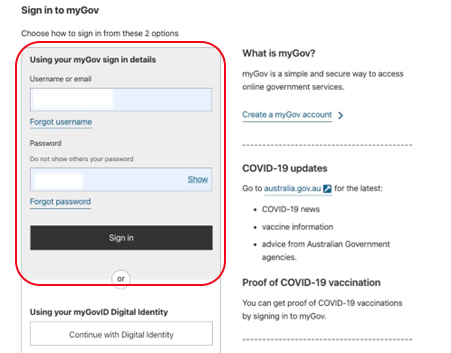Back pain can be a real downer, especially for our Aussie veterans who have given so much for our country. It’s one of those issues that can sneak up on you and become a persistent problem if not addressed properly. But here’s the good news: with the right combination of physiotherapy and exercise physiology, back pain doesn’t stand a chance.
Understanding Back Pain
First off, let’s talk a bit about back pain itself. Back pain can stem from various causes, including muscle strain, herniated discs, arthritis, or even just poor posture. For veterans who often engage in physically demanding activities, these issues can be even more pronounced. But don’t worry; there’s a light at the end of the tunnel.
The Dynamic Duo: Physio and Exercise Physiology
Physiotherapy (or physio) and exercise physiology might sound like complicated terms, but they’re essentially about movement and exercise – two key ingredients for a healthy back. Here’s how they work together:
Physiotherapy: Think of physiotherapy as the dysfunction detectives. They use visual, subjective, and objective testing to help uncover physical issues’ symptoms and root causes. Using this knowledge, they create a plan and provide treatments like manual therapy, heat or cold applications, dry needling, and specific exercises to reduce pain and inflammation and increase mobility.
Exercise Physiology: Once the initial physio plan is underway, exercise physiology steps in to provide support. These exercise experts design personalised programs that help with recovery and prevent future issues. They focus on improving strength, flexibility, and overall fitness to support and keep your back strong.
Why Combining Them Works
Combining physio and exercise physiology creates a holistic approach to back pain. Here’s why this combo is so effective:

Comprehensive Care: Physio and EP work as a team, helping to address immediate pain and functional issues and uncover underlying chronic conditions that could be creating long-term problems. The combined effort of physio and ep helps to bring your health into focus long-term. This ensures that you’re not just treating the symptom but also addressing the root cause.
Personalised Programs: Both physios and exercise physiologists tailor their treatments to your specific needs, all while making sure they consult with each other. This personalised approach means you get the most effective exercises and treatments for your situation.
Empowerment Through Education: You learn a lot about your body and how to take care of it. Understanding how to move correctly, maintain good posture, and incorporate practical exercises into your daily routine empowers you to independently manage and prevent back pain.
Practical Tips for Managing Back Pain
While working with physios and exercise physiologists is essential, here are some practical tips to help manage back pain in your daily life:
Stay Active: It might seem counterintuitive, but staying active can help reduce back pain. Gentle activities like walking, swimming, or yoga can engage your back muscles without straining them.
Mind Your Posture: Maintaining good posture is crucial whether you’re sitting, standing, or lifting. Keep your back straight and shoulders relaxed, and avoid slouching.

Core Strengthening: A strong core supports your back. To build core strength, incorporate exercises like planks, bridges, and leg raises into your routine.
Stretch Regularly: Gentle stretching can improve flexibility and reduce muscle tension. Focus on stretches that target your back, hamstrings, and hip flexors.
Listen to Your Body: Pay attention to what your body tells you. If an activity causes pain, stop and consult your physio or exercise physiologist for advice.
Taking the First Step
If you’re a veteran dealing with back pain, know that you’re not alone, and there’s help available. Combining physiotherapy and exercise physiology can make a world of difference. Reach out to the Got Your Back Program to start your journey towards a pain-free life.
Remember, back pain doesn’t have to be a permanent part of your life. With the right approach and support, you can overcome it and enjoy a healthier, more active lifestyle.
The Got Your Back program uses hands-on assessments and technology to tailor design your plan!
Whilst physiotherapists specialise in hands-on assessment and treatment, advances in technology have given us the opportunity to enhance outcomes for an individual. Specialist equipment such as devices that measure strength or range of movement of a particular muscle group or joint, help to give more specific measurements. This allows us to identify any impairments or imbalances objectively and allows us to retest at regular intervals to show improvements in these areas, working towards a veteran’s goals.
For a veteran who wants to improve their squat or address their balance issues, we can use force plates to give a specific measurement of their baseline level and work on a plan for improvement. We can also use mobile phone apps to show videos of exercise programs or provide education, which is particularly important for veteran’s located regionally who may not be able to access physiotherapy clinics as easily.
Ready to enhance your health and reclaim your independence? Click the button below to learn more about a dedicated physiotherapy service near you and the ‘Got Your Back’ program, specifically designed for veterans.









